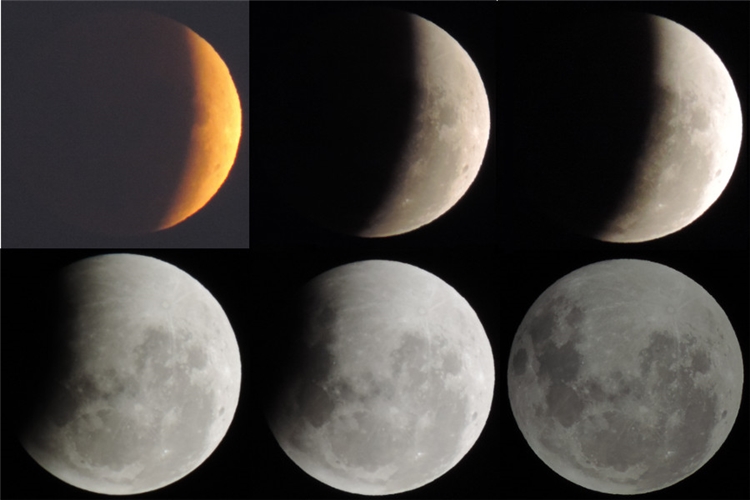Ancient viruses sound scary, but there’s no need to panic, says Jennifer McKimm-Breschkin, Chief Research Scientist, Virology Project Leader at Australia's Commonwealth Scientific and Industrial Research Organisation (CSIRO):
theconversation.com/ancient...
"You may have seen recently that scientists recovered and “revived” a giant virus from Siberian permafrost (frozen soil) that date back 30,000 years....
While ancient viruses may not be all that interesting after we've been reassured that we aren't at any risk of being infected, this article is still worth reading for the background information it gives on viruses and how they usually are very specific in what they will infect.
Why you should discard a procedural/surgical mask after a few hours also becomes obvious when you read the article, which notes that Viruses are normally so small that between 5,000 and 100,000, placed side by side, would only measure 1mm. Thankfully virus particles are expelled during coughs and sneezes in droplets of moisture, which are readily captured by a mask. But when the moisture evaporates and frees the virus particles, you can appreciate that they could readily pass through the very fine air holes in the mask material.
Neil
The other reason for this post is so I could publish the photographs I took of last night's total lunar eclipse. I wasn't able to capture the moon fully eclipsed as it rose behind the local hills while eclipsed and hence was hard to find...
Thanks Marty, for alerting me to this marvellous natural phenomenon.
